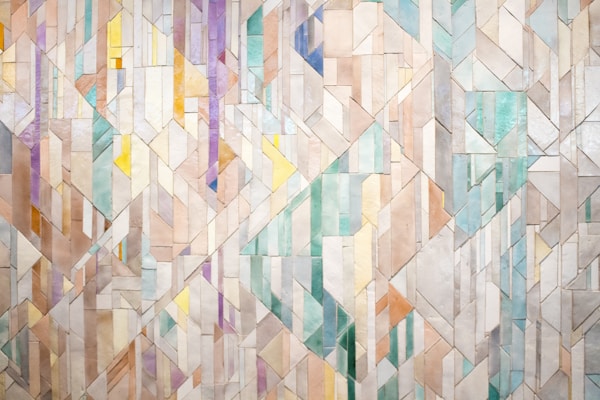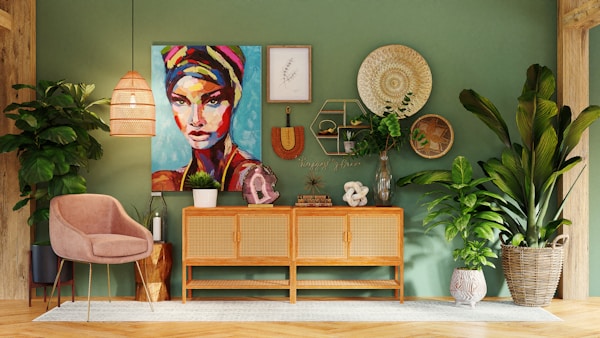Wallpaper has been around for centuries and has undergone many changes throughout its history. Today, it is available in a wide variety of colors, patterns, and textures. For example, grasscloth wallpaper is on the rise for its sustainability, aesthetics, and feel. However, it wasn’t always this way. Keep reading to learn more about the history of wallpaper and how it has evolved over time.
The Origins
Wallpaper, as we know it today, has a long and varied history. Dating back to ancient China and Greece, wall-covering-like products were made from natural materials such as plant fibers, bark, and mud. In the late 18th century, it began to be made from a variety of materials such as cloth, wood, metal, and leather. It was not until the industrial revolution that it became widely available and affordable.
The 18th Century

Wallpaper in the 18th century was a luxurious item that was only available to the wealthy. It was made out of expensive materials such as silk, velvet, and brocade. The designs were often extremely intricate and featured patterns such as flowers, leaves, and scrolls. It was often used to decorate the walls of grand rooms such as the parlor or library. However, it was also used in other parts of the home such as the bedroom or nursery.
The 19th Century
Wallpaper in the 19th century was a way to show off your wealth and status. It was often very expensive and made from high-quality materials. In the early 1800s, wallpaper was made from hand-painted silks or cotton. By the mid-1800s, machine-made papers were available. These papers were less expensive and came in a variety of colors and designs. One of the most popular types in the 19th century was called trompe l’oeil. This type was designed to look like a three-dimensional object, such as a brick wall or a wood panel.
The 20th Century
Wallpaper played a big role in the 20th century. It was used in many different ways and for many different reasons.
One of the most popular uses during the 20th century was for wallcovering borders. Wallpaper borders were often used to add a pop of color or to accentuate certain features in a room. They could also be used to make a room look more inviting or to make it feel more like home. Another popular use during the 20th century was to cover entire walls with it. This could be done to add color or to make a room feel more luxurious. It could also be done as a way to cover up damaged walls or to add some extra insulation. In the early 20th century, wallcoverings were also often used as a way to distract from certain flaws in a room. For example, if a room had bad lighting, wallcoverings could be used to help brighten things up. Or if a room was small, wallcoverings could be used to make it feel larger.
Today

Wallpaper is making a comeback! After being used in homes for centuries, wallcoverings have taken a backseat to paint in recent decades. But as people have become more and more interested in interior design, it has seen a resurgence.
There are a lot of reasons why it is becoming more popular. First, it’s a great way to add texture and interest to a room. It comes in a variety of textures and patterns, so you can find one that will fit your style. Second, it is a great way to cover up imperfections in a room. If you have a wall that’s not quite straight, it can help to hide it. Third, wallpaper is a way to add color and personality to a room. You can find wallcovering that matches your personality and your style, and it’s a great way to show off your unique personality.
Overall, the history of wallpaper is important because it has evolved over time to become a more sophisticated and complex art form. Moreover, wallpaper can be used to enhance the look and feel of a space, making it more aesthetically pleasing.